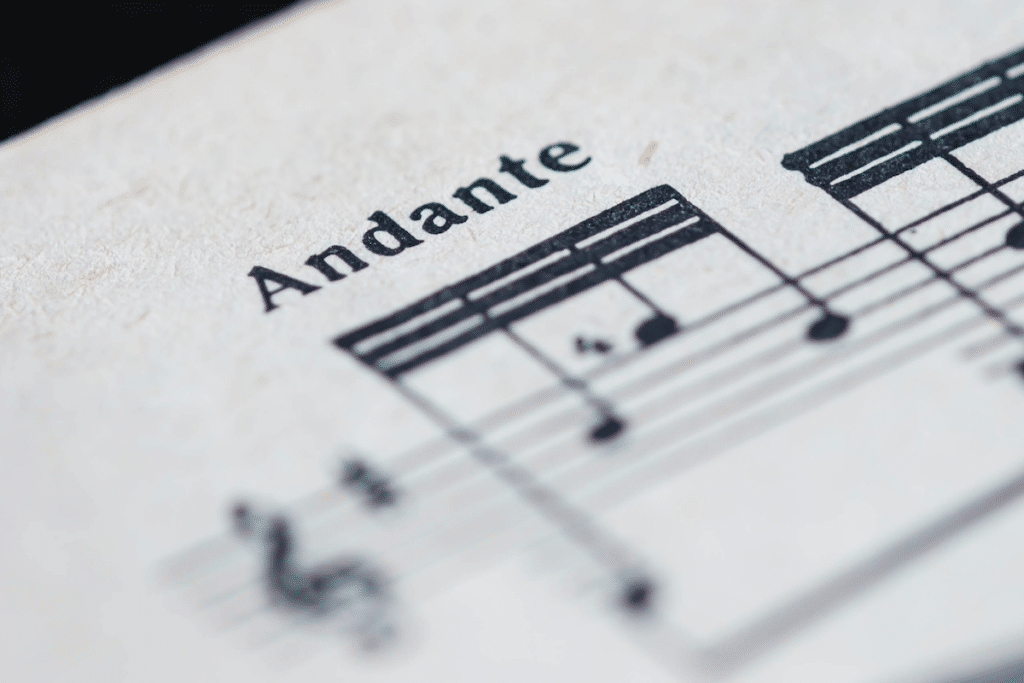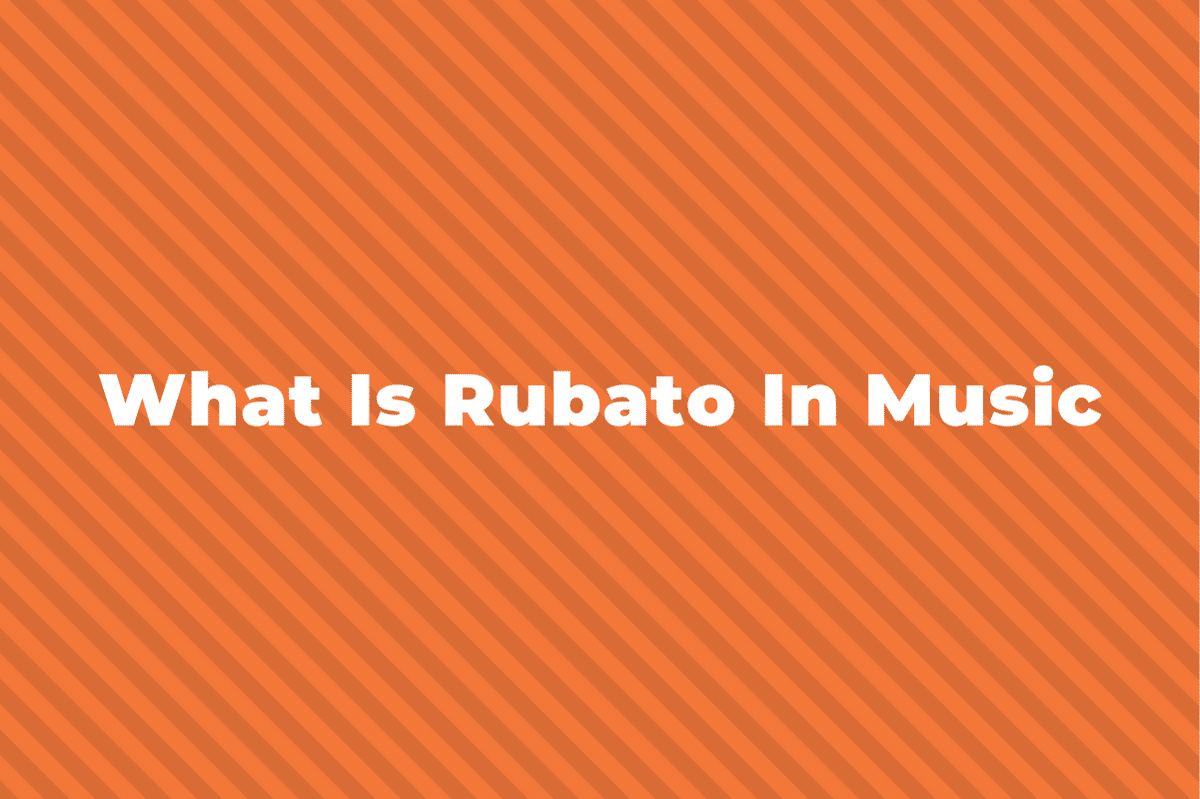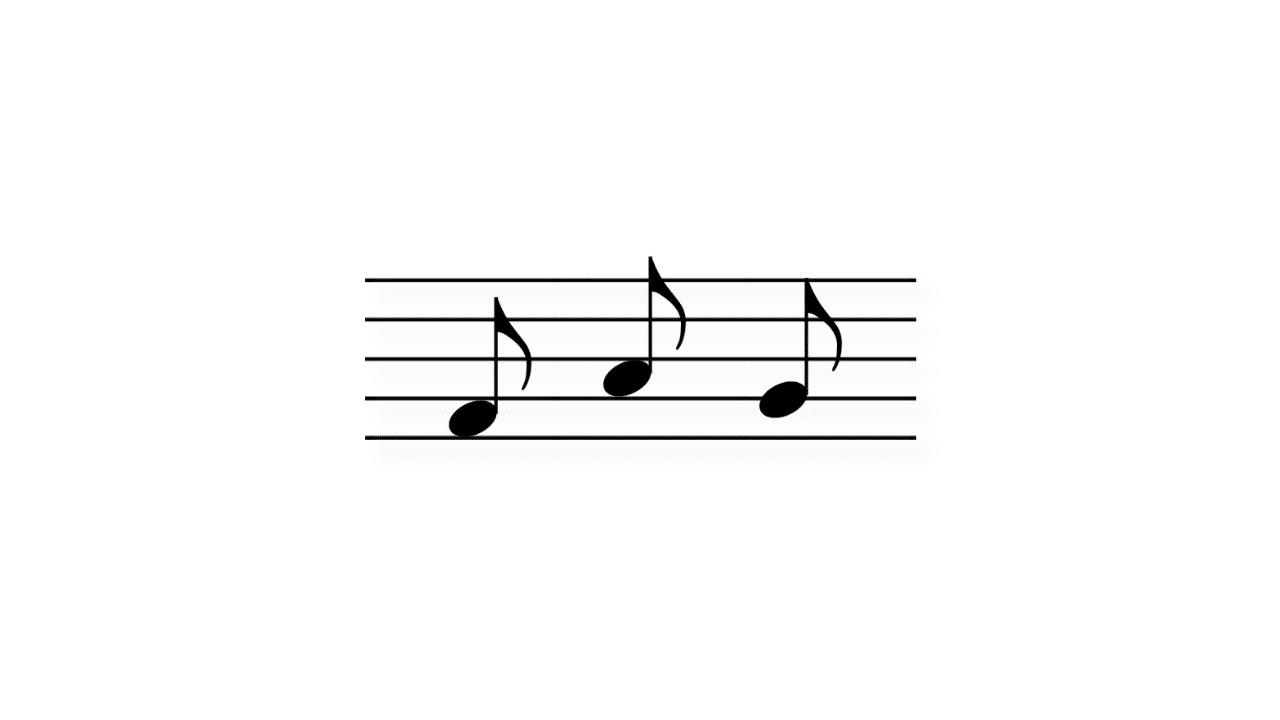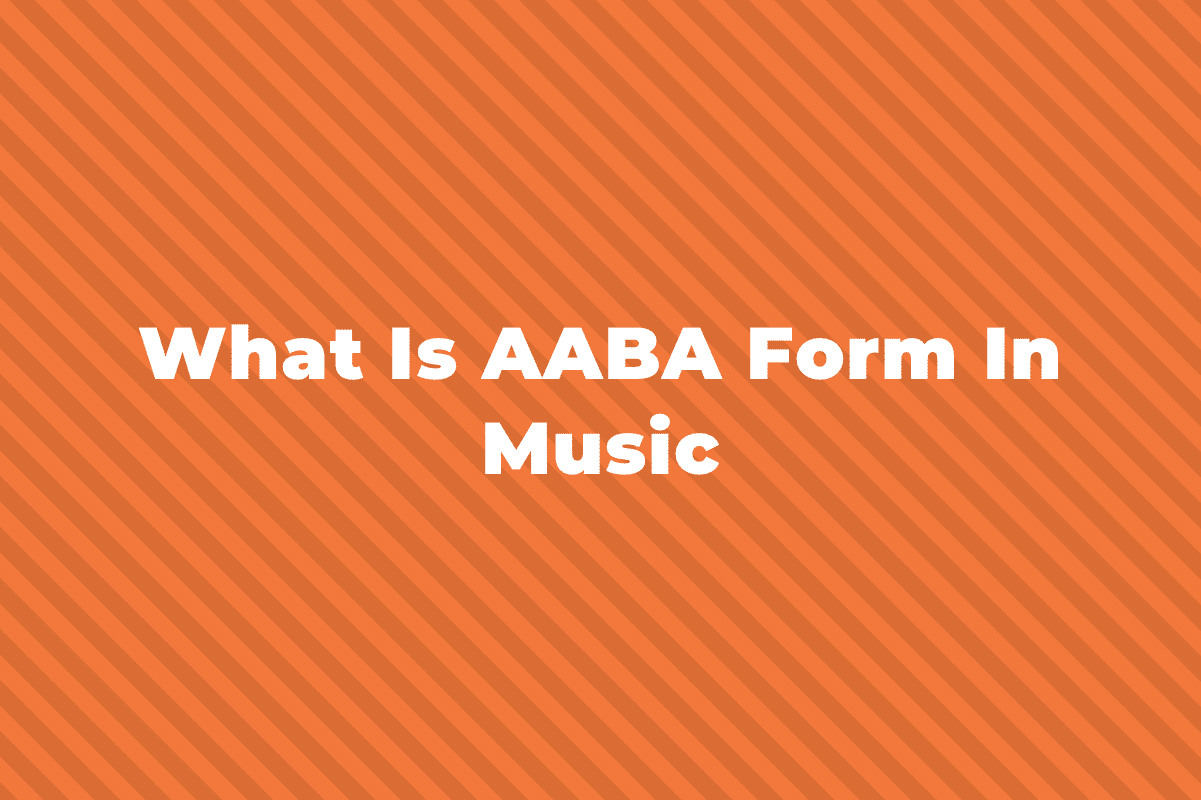Andante is an Italian musical term that means “moderately slow” or “at a walking pace.” It’s a tempo marking used to indicate that a piece should be played neither too fast nor too slow, but at a moderate, steady pace.
When a composition is marked as “andante,” it invites the musician to adopt a tempo that is calm and flowing, often imbued with a sense of tranquility and thoughtful expression.
Other words often used to describe andante include “steady,” “even-paced,” “easy-going,” “measured,” and “lyrical.”
How Fast Is Andante?

So andante means “at a walking pace,” but whose walking pace are we talking about? As with most Italian tempo terms, the actual speed is subject to personal interpretation. While it is generally understood to mean “moderately slow,” the precise speed can vary depending on the musician’s perspective.
To provide a more objective measure, musicians frequently turn to a metronome. For andante, the tempo typically ranges from 76 – 108 BPM (beats per minute). This range gives musicians a concrete reference point while still allowing for some interpretative flexibility.
Historical Context And Etymology Of Andante
Andante is derived from the Italian word “andare,” which means “to go” or “walking.” This perfectly captures the tempo’s essence: not too fast, not too slow, but like a leisurely stroll, moving forward with ease and grace.
The first use of andante in musical terminology emerged in the mid-1700s. This was a time when music shifted from the ornate and complex compositions of the Baroque era to the clearer, more structured, and expressive style of the classical era.
Composers like Mozart and Haydn were masters of this tempo, using andante to evoke a wide range of emotions, from gentle warmth to thoughtful introspection.
Interestingly, andante was more than just a tempo marking; it represented an era’s musical philosophy. In a period where balance, clarity, and form were highly valued, andante provided the perfect pace for exploring these ideals. It allowed composers to create pieces that were emotionally engaging yet structured, expressive yet controlled.
Related Terms To Andante
- Andantino: Slightly faster or sometimes slower than andante. It is often used to describe a lighter, more graceful approach to andante (80 – 108 BPM)
- Andante moderato: A tempo that sits comfortably between andante and moderato. It’s a bit brisker than andante but still retains a relaxed walking pace (80 – 108 BPM)
- Andante con moto: Translates to “andante with motion.” This indicates a movement slightly more lively than andante, yet still measured and controlled.
- Andante sostenuto: Meaning “sustained andante.” It suggests a tempo that is andante in pace but with a more prolonged, lingering quality in each note or phrase
- Andante tranquillo: A tempo that combines the steady pace of andante with a calm, serene quality, emphasizing smoothness and tranquility in the music
- Andante maestoso: This term combines andante with a majestic or grand character, suggesting a dignified and stately walking pace
- Andante cantabile: Meaning “singable or song-like andante.” It implies a flowing, melodic quality at a walking pace, focusing on lyrical expressiveness
- Andante grazioso: Translates to “graceful andante.” It indicates a tempo that is gentle and elegant, with a focus on delicacy and finesse
- Andante espressivo: Signifies an andante pace with added expressiveness, emphasizing emotional depth and expressive phrasing within the steady tempo
- Andante allegretto: A tempo marking that blends the characteristics of andante and allegretto, offering a balance between a relaxed pace and a slightly livelier mood
Examples Of Andante Music
To finish, here are some examples of pieces of music written at the tempo of andante. This should give you a greater understanding of what it sounds like and the range of beats per minute that Andate can span.
“Symphony No. 6 In F Major, ‘Pastoral’ (2nd Movement)” By Ludwig Van Beethoven
This movement, titled “Andante molto moto,” is often referred to as the “Scene by the Brook.” It’s a serene and peaceful depiction of the gentle flow of a stream, illustrating Beethoven’s deep love for nature. The andante tempo perfectly captures the tranquil, flowing quality of the scene.
“Piano Concerto No. 21 In C Major, K. 467 (2nd Movement)” By Wolfgang Amadeus Mozart
Famously known as the “Elvira Madigan” concerto after its use in the film of the same name, this movement is a sublime example of Mozart’s expressive prowess in the andante tempo. Its lyrical and heartfelt melodies create a deeply moving and memorable musical experience.
“String Quartet No. 14 In D Minor, ‘Death And The Maiden’ (2nd Movement)” By Franz Schubert
Schubert’s “Death and the Maiden” quartet, particularly the andante movement, is renowned for its emotional depth and intensity.
The movement, a theme with variations, is both haunting and beautiful, reflecting Schubert’s preoccupation with death and mortality.
“Symphony No. 40 In G Minor, K. 550 (2nd Movement)” By Wolfgang Amadeus Mozart
And to finish, the second movement of Mozart’s 40th Symphony is marked “Andante.” It showcases Mozart’s ability to weave complex emotions into the framework of a single movement.
The andante tempo here allows for a mix of introspection and subtle dramatic tension, making it a cornerstone of the symphonic repertoire.



